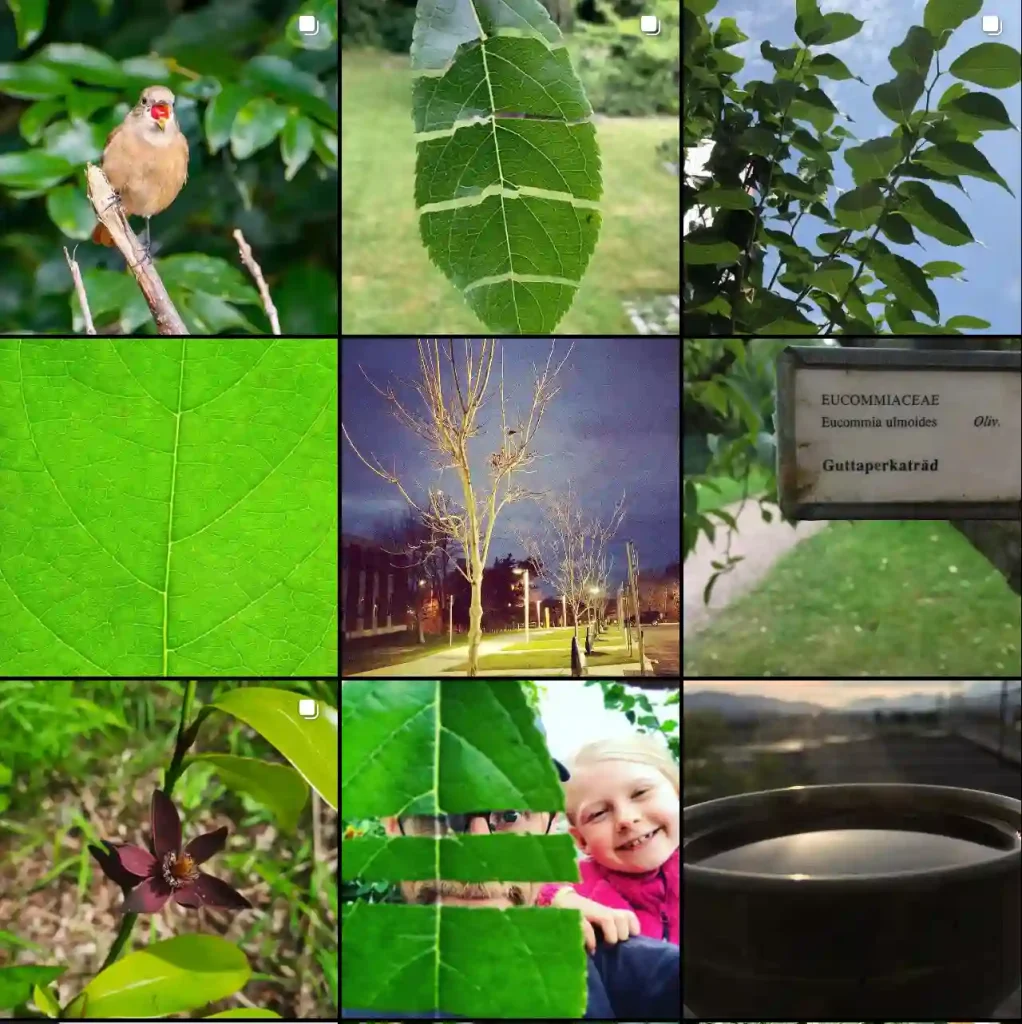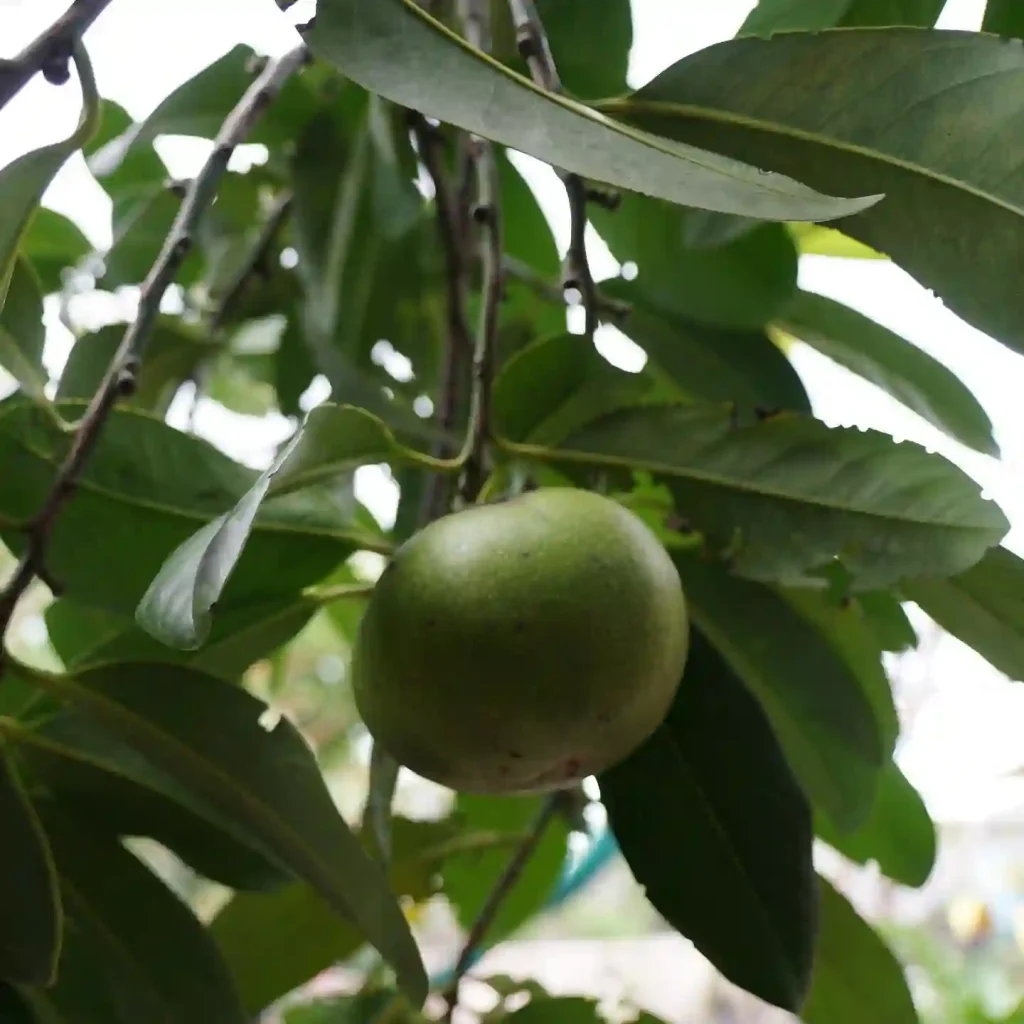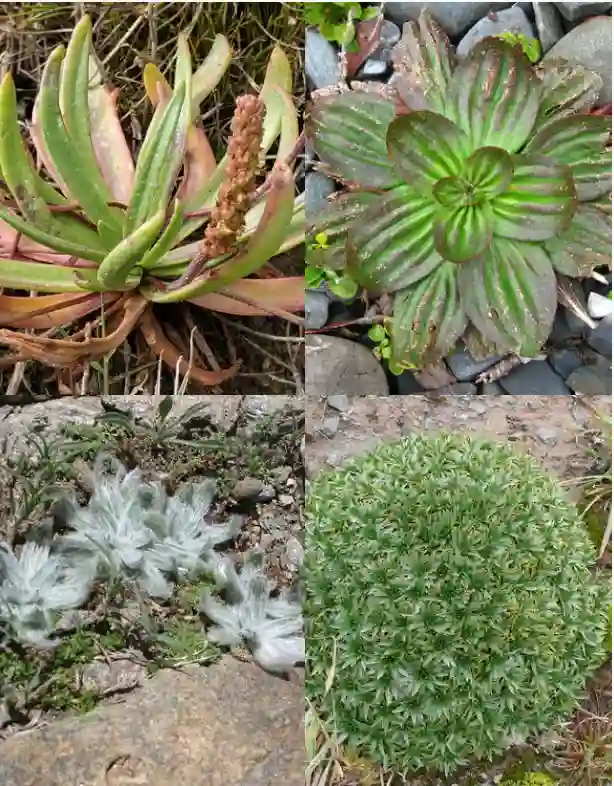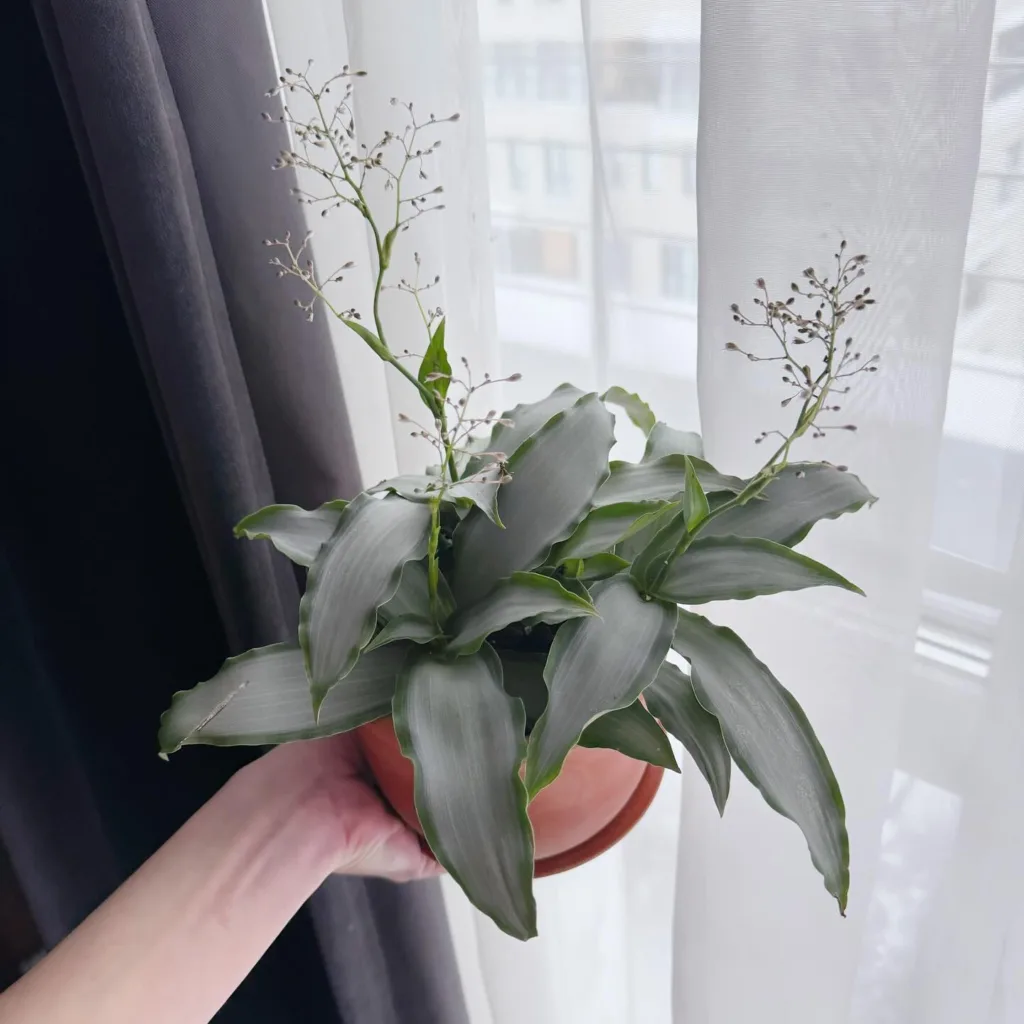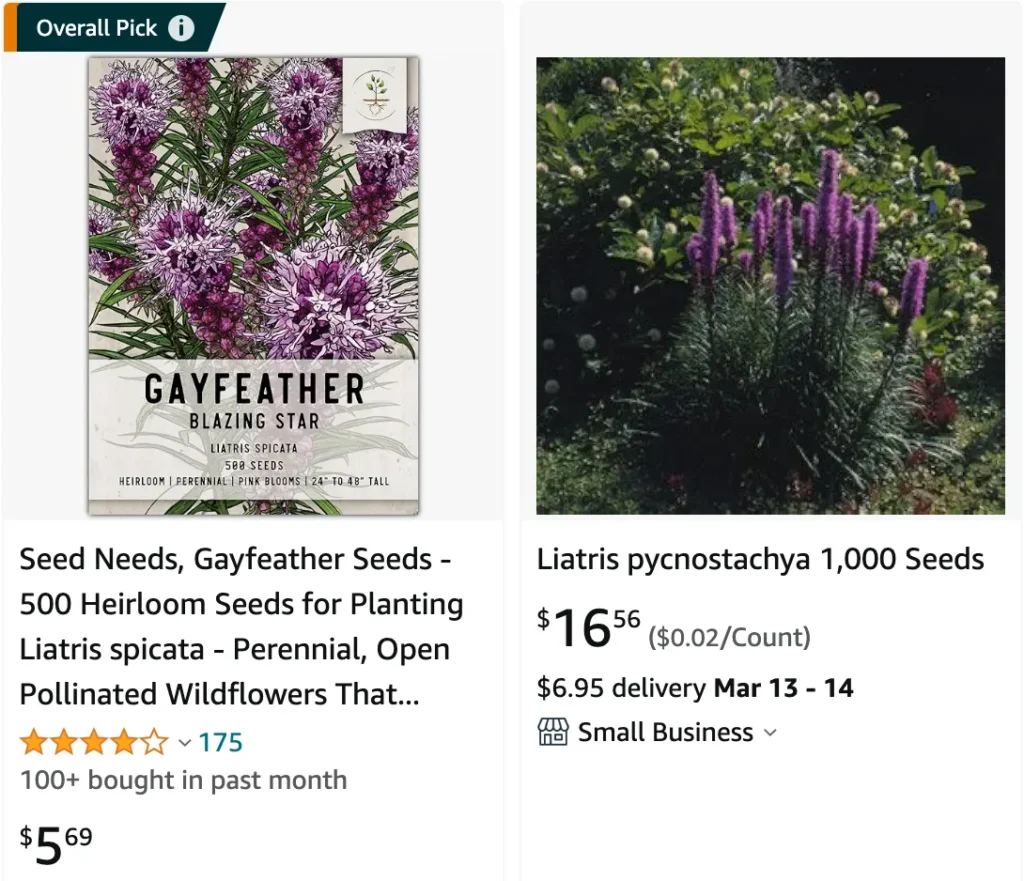
Liatris Pycnostachya: A Gardener’s Guide to the Prairie Blazing Star
Hi there, Ferb Vu here. As a plant enthusiast, I’ve been captivated by the Liatris pycnostachya, also known as the Prairie Blazing Star. This stunning wildflower boasts vibrant blooms and attracts a plethora of pollinators. But fear not, fellow gardeners, its beauty isn’t overshadowed by complexity. Let’s delve into the world of Liatris pycnostachya and answer some of the most common questions.
51 Species in Genus Liatris
How to plant and care for Liatris Pycnostachya?
Liatris pycnostachya is a low-maintenance charmer. It thrives in well-drained soil, adapting to conditions ranging from moist clay to dry sand. Full sun is ideal, but it tolerates partial shade too. So, don’t fret about having a perfectly south-facing spot.
Seeding Liatris pycnostachya requires a touch of patience. The seeds benefit from cold stratification, a process mimicking winter’s chill. Here’s the gist: Mix seeds with a moistened, sterile growing medium, then alternate placing them in the fridge and freezer for a week. After this chilling period, sow the seeds indoors and transplant them to your garden once they reach a decent height.
Alternatively, you can sow seeds directly outdoors in late fall, allowing them to overwinter naturally and germinate in spring. This method saves you some indoor fuss, but results may vary depending on your climate.
Once established, Liatris pycnostachya is quite drought-tolerant. Water regularly during the first growing season, but established plants can handle drier periods. Deadheading spent blooms encourages continued flowering throughout the summer.
When fall arrives, feel free to cut back the dead stalks. You can also leave them for a touch of winter interest and to provide shelter for beneficial insects.
Blooming Beauty: A Showstopper in the Garden
The star of the show, of course, is the Liatris pycnostachya’s bloom. These beauties typically appear in mid to late summer, gracing your garden with their vibrant pink or purple hues. The flowers resemble a bottlebrush, with tiny florets densely packed on a tall, stiff stem. The blooms unfurl from the top down, creating a captivating display that lasts for weeks.
This late-season bloomer is a valuable addition to any garden. It provides a burst of color when many other perennials are fading, and its tall stature adds vertical interest to your landscape.
Liatris pycnostachya vs. Other Blazing Stars: Know Your Options
Liatris pycnostachya is one of several blazing star varieties. Here’s a quick comparison to help you choose the perfect one for your garden:
- Dotted Blazing Star (Liatris punctata): Shorter than Liatris pycnostachya, with white to lavender flowers dotted along the stem.
- Rough Blazing Star (Liatris aspera): Similar flower color to Liatris pycnostachya, but with rougher leaves. More drought-tolerant.
- Showy Blazing Star (Liatris spicata): The tallest of the bunch, with lavender flowers held in a looser cluster.
Ultimately, the best choice depends on your desired flower color, height, and specific garden needs.
Beyond Beauty: A Haven for Pollinators
Liatris pycnostachya isn’t just a pretty face; it’s a magnet for pollinators. Butterflies, bees, and hummingbirds flock to its nectar-rich blooms, making it a valuable addition to any pollinator-friendly garden.
The long bloom period ensures a continuous food source for these vital creatures throughout the late summer months.
Liatris pycnostachya: A Gardener’s Delight
With its easy care, stunning blooms, and ecological benefits, Liatris pycnostachya is a winner for gardeners of all levels. So, if you’re looking for a low-maintenance wildflower that adds beauty and attracts pollinators, consider adding this Prairie Blazing Star to your garden. You won’t be disappointed.
If i die, water my plants!
